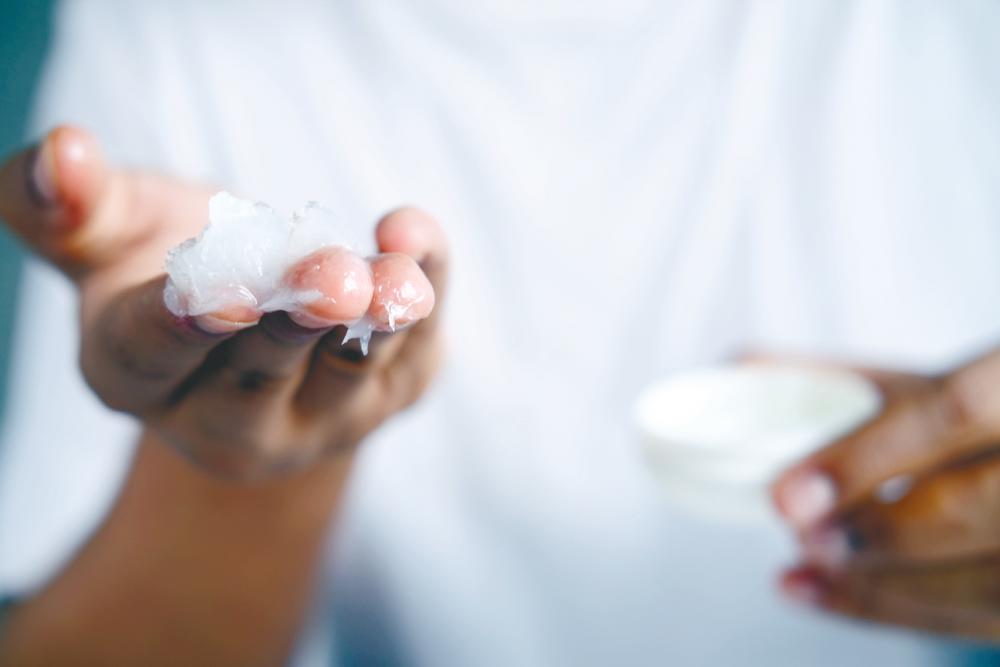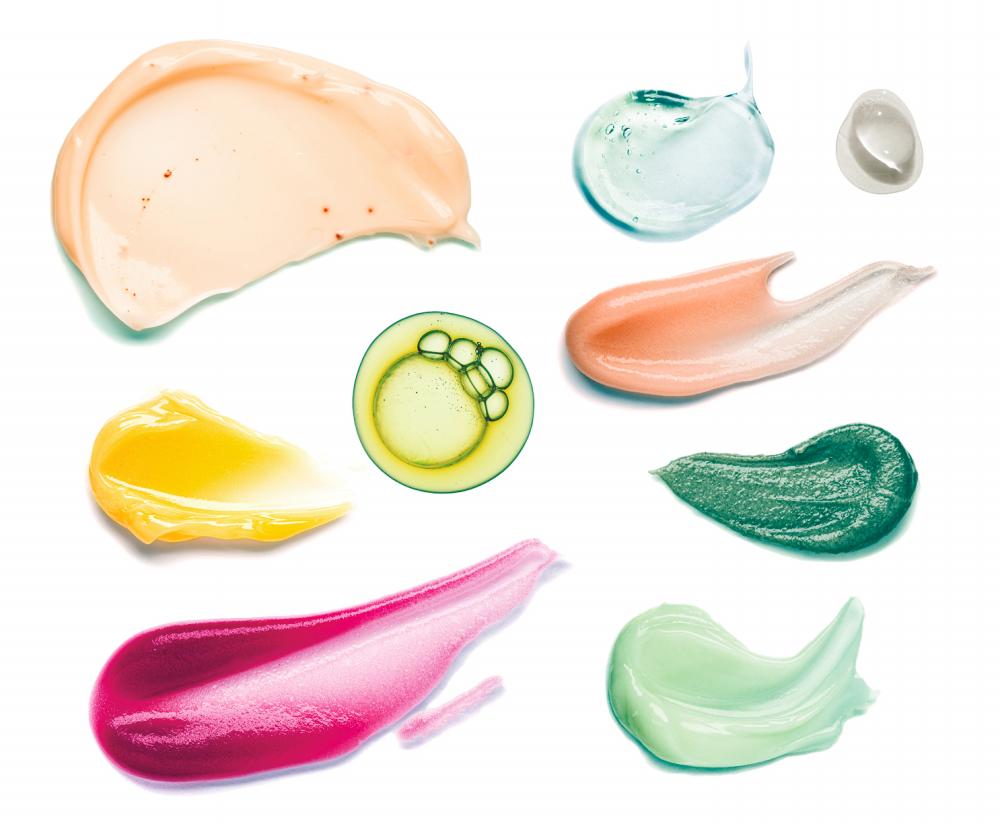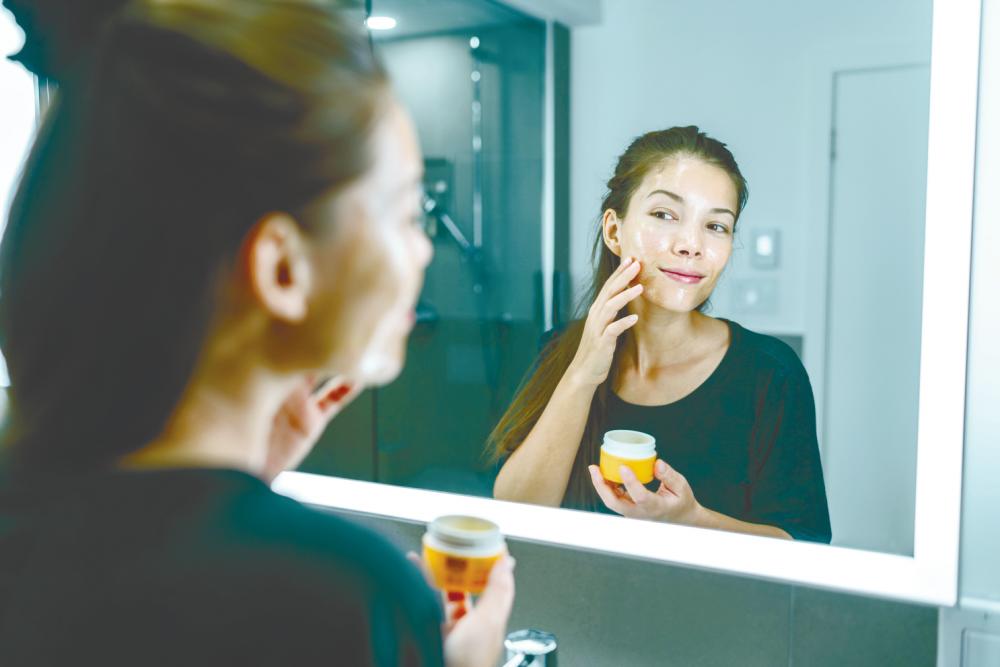Say the word “slugging” and you may immediately think of the slimy little gastropod mollusc most commonly found in our home gardens, but when it comes to skincare, the word has a very different meaning entirely.
So, what exactly is slugging?
You might have heard of snail facials or beauty products with snail slime, and although slugging gets its name from the idea of snail slime, the beauty trend called slugging actually requires a completely different product. Essentially, slugging involves slathering your face in a layer of petroleum jelly as the last step of your nighttime skincare routine.
As petroleum jelly melts into your skin, it flows into spaces between cells and the gaps in the skin’s lipid barrier. Once there, the petroleum jelly re-solidifies, acting as a sealant, that’s how it forms an occlusive barrier.
The benefits
Since petroleum jelly is an occlusive substance, it forms a layer on the skin’s surface to block moisture loss, keeping your skin hydrated and helps lock in the other products you applied so they can work their magic. By applying products beneath the occlusive barrier, it helps the other skincare products like serums or creams to penetrate more deeply since they won’t evaporate. This, in turn, leads to youthful-looking, glowy, and bouncy skin.
Slugging isn’t just limited to soothing dry lips and eyelids. Many might think that skincare is only for their face, but if you think about it, your entire body is covered in skin! Many dermatologists recommend the use of petroleum jelly for extremely dry skin conditions.
As an emollient and occlusive ointment, it prevents transdermal water loss from the skin, so if you have dry patches on your calves or elbows, you can also give this trend a try.
Dermatologists recommend petroleum jelly for eczema sufferers, with the National Eczema Association recommending using it as a moisturiser for hand eczema. If you’re applying them to your knees and elbows, you can also try wrapping cling wrap to treated areas and cover with clean, dry cotton tube socks to lock in deep moisture and prevent it from getting onto your bed sheet.

The risks
While many use petroleum jelly such as Vaseline to moisturise chapped lips, many might think that putting petroleum jelly on your face is bad and will clog your pores. While studies have shown that industrial-grade mineral oil may be comedogenic, cosmetic-grade is not.
Petroleum jelly has been considered bad for acne-prone skin because of its greasiness, but there aren’t any definitive studies proving that it clogs the pores and causes breakouts. As long as you cleanse the slug (petroleum jelly) off properly in the morning with a gentle cleanser, you will reap the benefits of making slugging part of your skincare routine.
However, it’s important to note that people with oily skin, that are struggling with blackheads, milia or blemishes, or are prone to flare-ups should avoid slugging, as it may exacerbate these conditions by trapping oils or comedogenic ingredients, potentially leading to more breakouts.
How to slug?
It’s best to slug slightly damp skin. So that means the best time to slug is after having a shower or washing your face. After you cleanse your face with a gentle cleanser, pat on your serums and creams to maximise hydration, moisturisation and skin restoration.
Since slugging is all about layering on the hydration and locking them in, using a lightweight hyaluronic acid serum can also help other products that are applied on top to be absorbed into the skin. If you have dryer skin and have a ceramide cream that’s part of your nighttime routine, go ahead and put that on as the cream moisturiser can help address an underlying loss of essential ceramides and free fatty acids.
After you added your humectants and emollients, it’s time for your occlusive to complete the trifecta. But before the slugging begins, make sure your hands are washed thoroughly to avoid introducing any bacteria onto the facial skin.
Grab a tub of Vaseline and apply a thick, even layer to your skin. You’ll end up looking slimy and shiny, and maybe like a baby who just came out of a birth canal, but that’s the goal! Time to get to bed and let the magic of slugging begin. By the time you wake up and rinse it off, you’ll have beautiful, glowing skin, just like a baby who’s been reborn.
How often to slug?
As far as frequency goes, it’s best to listen to your skin. If you have skin that tends to be dry, you may benefit from slugging daily. As long as you listen to your skin, you’ll be able to determine how often to slug.










